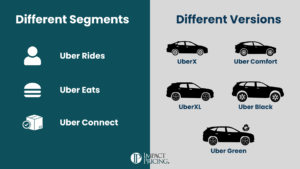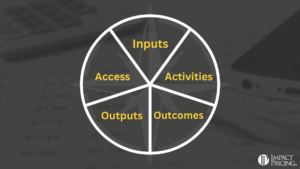As a doctoral student, game theory was by far my favorite topic. It has so many applications in the pricing world.
Defining Game Theory
As a simple definition, game theory helps you determine your optimal decisions given that there are other players (or participants) that make their decisions in their own best interest.
A common use of game theory is how to price relative to your competitors. This dynamic is captured relatively well in the repeated game version of the Prisoner’s Dilemma. I’ve written about that in the past and will do so again one day.
Today, let’s talk about your company and your buyers. Competitors are implied, but not central to this point.
Determining the Objective
The first thing we have to do is define winning, or the objective. Let’s say the objective is to increase or maximize profit. How do you do that? You sell more at higher prices – or at least one of those two objectives. Our official goal then becomes to get more customers to buy at higher prices.
In this game, called a sequential game (where one player moves and then another player moves), the rule is to look ahead and reason back. You must look to the end of the game and then figure out what your best move is now. In tic-tac-toe you can pretty much see the end of the game from the beginning and you know how to move. In chess, you may be able to look a few move ahead and then make your best decision. Now let’s apply this to business.
Remember, the end goal is to get more customers to buy at higher prices. How do we achieve that?
Insights into Value Perception
We get a buyer to buy at higher prices when our salesperson does a great job of working with the buyer so together they can determine how much value our product will deliver to that buyer. This means salespeople must understand how buyers perceive value exceptionally well. In other words, we need to CAPTURE more of the value we create.
As we reason back, we realize that marketing needs to give sales the tools and knowledge to determine value. They must fill the sales funnel up with buyers who value our product the most. Marketing must understand how buyers perceive value. In other words, we must COMMUNICATE value to our market.
Continuing to reason back, the product team must build products that buyers value. They have to choose the right features, solve the right problems. They can only do that when they understand how customers perceive value. In other words, we must CREATE value into our products and offers.
If we want to win more customers at higher prices, we need to be better at creating, communicating and capturing value.
Pricing Should Not Be An Afterthought
The pricing team is often brought into the conversation after we have a product built. But game theory shows us we should understand pricing and value before we begin to build a product. Almost everyone in your company has an impact on value, some more directly than others. My question for you, how well do you understand value? If you understood value better, would it help you create, communicate and/or capture more of it?
I’m currently working on a new course called Value Based Business. It’s all about understanding what value is and how product managers, marketers and sales need to understand value to get the most out of your capabilities. Value should be pervasive in your company.














